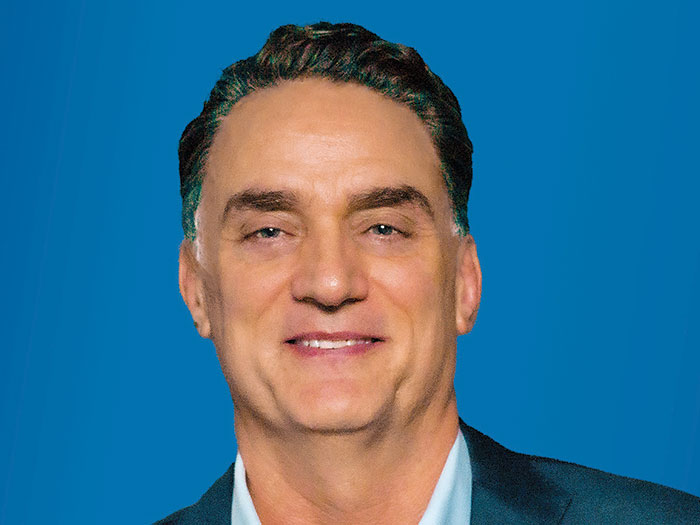Why No Return-to-Work Journey Is Complete Without Establishing the Right Mindset
“Whether you think you can, or whether you think you can’t — you’re right” was, famously, said by none other than Henry Ford.
That mindset drives an essential key to injured worker recovery.
In the first line of my book, “The Optimized Patient,” I suggest that commitment is the key to a full and rapid recovery from surgery.
Commitment has a number of moving parts in recovery: good nutrition, healing rest and beneficial activity. The injured worker is the wildcard in their own recovery, and “I am committed to my recovery” is the mindset required for them to get better faster and stay better longer.
When a celebrity recovery coach — be it Bill Walton, Nathan Quarry, Blair Singer or Joseph McClendon III — tells an injured worker “You’ve got this,” it gives the injured worker hope. When I tell an injured worker “If I can do it, you can do it” and secure their commitment — affirming that they, the injured worker, can and will do it too — it creates a winning mindset.
With a “can do” and a “will do” mindset, the injured worker is more likely to be properly active, eat well and rest fully.
That’s when the patient becomes engaged in their own recovery, not the wildcard that becomes a chronic or catastrophic case.
Commitment to a positive mindset sets the stage for a virtuous cycle of allowing good things to happen. When you do what is needed — and it works — and then you do more of it because it worked, getting better fuels the commitment to getting better, and so on.
Mindset is also relevant to the workers’ comp industry and its thought leadership.
Again, Henry Ford is quoted in management and marketing literature for his statement, “If I had asked people what they wanted, they would have said faster horses.”
Attending conventions, it sometimes seems what the workers’ compensation industry wants is better doctors and more effective pills. Are those ideas the workers’ comp version of faster horses?
With a nod to Henry Ford, the industry doesn’t need “faster horses.” Improving recovery times and reducing claim costs require better patient education and recovery coaching.
Injury recovery is very personal to me. My writing on the value of peer-to-peer recovery coaching and patient education has resonated with many leaders in the workers’ compensation industry. It has provided me with an opportunity to write for important magazines like this one and to speak at a variety of conventions.
The four pillars of enhanced recovery from the patient’s perspective — mindset, nutrition, activity and rest — are garnering a lot of attention as part of the current conversation about patient engagement.
My mindset is quite different than many of the professionals who have been working for years in the workers’ compensation space. Where I see a way to speed recovery and save the industry money, industry professionals often hear “another service that will cost more money.”
The often-asked “What’s it gonna cost me?” question illustrates the importance of mindset. Why not ask, “What can improved patient engagement save me?”
Let me bring the issue of mindset back around to case managers.
Whether you think you can improve outcomes and reduce claim costs by improving services, or you think you can’t — you are right. An open mindset is required to even consider the possibility that the cost of enhanced patient engagement is far less than the losses that are incurred with surgical do-overs and unnecessarily long recovery times.
Improving patient engagement is a commitment that the entire workers’ compensation industry can make to achieve next-level results within the limits of the grand bargain.
Can you achieve better outcomes and reduce claim costs by enhancing services and optimizing injured workers?
If you think you can, you’re right. &










